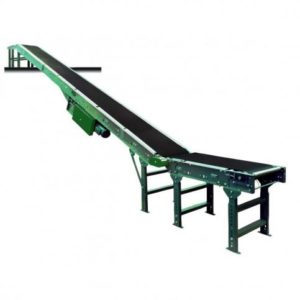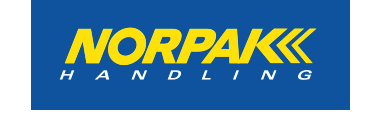 A guide to selecting the best incline conveyor, from Norpak Handling
A guide to selecting the best incline conveyor, from Norpak Handling
March 4, 2020 REDWIRE is news you can use from leading suppliers. Powered by FRASERS.
Posted by Norpak Handling Limited
Norpak Handling provides conveying products and complete turn-key systems to suit your requirements and solve your probl... Read more
Subscribe
Free REDWIRE e-newsletter

Norpak Handling can guide customers to the most suitable products, including incline conveyors.
Norpak Handling serves Canadian manufacturing facilities and warehouses with an unparalleled selection of material-handling systems by major producers. A common choice for many production facilities and DCs is incline/decline conveyors, which travel upwards or downwards. An incline conveyor allows the user to transport items to a higher or lower floor, a mezzanine, or simply the ceiling to clear obstacles on the production floor.
As conveyor-system and integration experts, Norpak Handling has plenty of advice to offer on what customers should consider when looking for new incline conveyors for their plants.
Two types of conveyor functionality
First, the customer should consider whether the application requires a conveyor with an incline or decline function only, or one that can perform both incline and decline (reversible). Norpak offers conveyor solutions for applications that require either of these two functions. Each of these conveyors has a reversible option that lets them double as decline conveyors, giving the user two types of functionality in one system. You can send product up to a mezzanine for storage and then bring the product back down when required on the same conveyor.
The second factor to consider is spacing. After customers determine their specific requirements, they can decide how to place their new conveyors. The less floor space available, the steeper the incline or decline will be. Too steep an incline can cause sliding or tumbling of the product, which needs to be reviewed by analyzing the product dimensions and centre of gravity. The only way to address the tumbling issue is to decrease the angle of incline/decline, which will result in a greater horizontal floor-space footprint.
Finally, Norpak recommends considering product type and load. An incline conveyor will need a properly selected belt that provides the required coefficient of friction to carry the product without slipping back. If the system is to convey items with sharp edges or irregularly shaped surfaces, this has a strong effect on the kind of belt that the conveyor will need. Fortunately, Norpak carries a wide variety of incline conveyors with different belt types, such as roller-bed and angled-frame units, to allow for more user options.
Taking these three factors into account should result in the best possible choice – and Norpak’s consultants make sure to cater to every aspect of customer needs when it is time to buy a new incline conveyor. With Norpak to help, production and distribution move smoothly and keep businesses competitive.
To learn more, contact Norpak.
Share
Posted by Norpak Handling Limited
Norpak Handling provides conveying products and complete turn-key systems to suit your requirements and solve your probl... Read more
